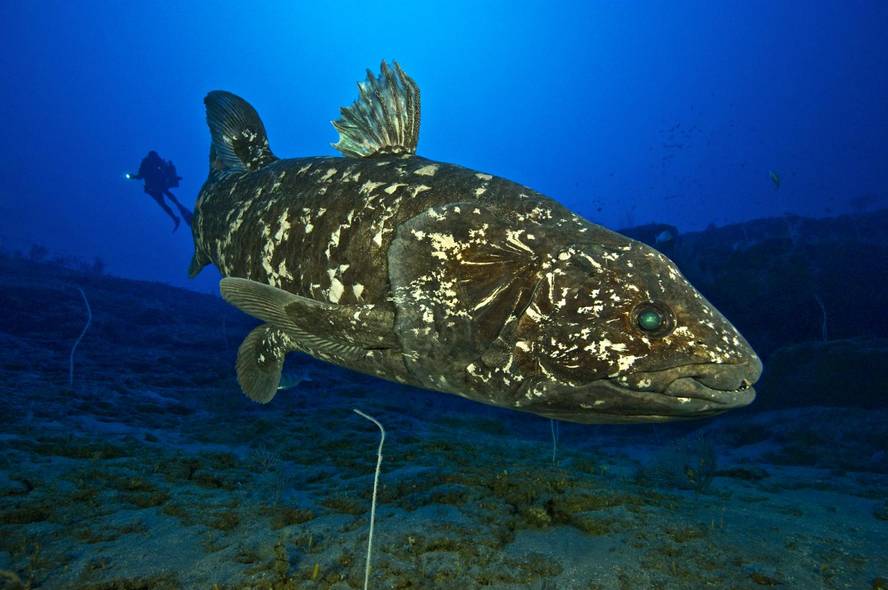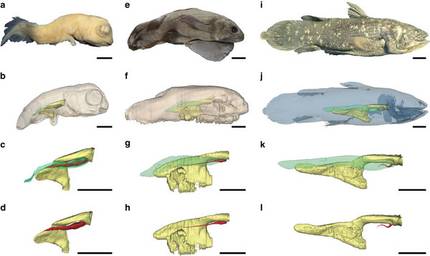2015/09/17

eu es fr en cat gl
Aparecerá un contenido traducido automáticamente. ¿Deseas continuar?
Un contenu traduit automatiquement apparaîtra. Voulez-vous continuer?
An automatically translated content item will be displayed. Do you want to continue?
Apareixerà un contingut traduït automàticament. Vols continuar?
Aparecerá un contido traducido automaticamente. ¿Desexas continuar?
Celacantos discover that they have lungs in the embryonic phase
Text created by automatic translator Elia and has not been subsequently revised by translators.
Elia Elhuyar
Understanding the evolution of celacantos is an ancient challenge for scientists, as it has been considered a link between aquatic and terrestrial animals. In the fossil record it appears for 410 million years, and although for many years it has been considered that it had disappeared along with the dinosaurs, two species inherited from the primitive celacanthus are known, one in Indonesia and one in Mozanbike. Well, analyzing the embryonic development of the latter, they discover that it has lungs in its initial phases.

Celacanthus in South African waters at 130 m depth. Ed. Ballet Laurent

Researchers have analyzed all stages of embryonic development. Ed. Brito et al./Nature Communications
In fact, today's celancantos lack lung, while calcified lungs are one of the most prominent features of celacanthus fossils. Now, using X-ray tomography, researchers at the University of Rio de Janeiro have shown that the embryo of celancanto in its early stages has apparently functional lungs. However, as it progresses in its development they deteriorate and to reach adulthood only one trace organ remains.
In addition, researchers have proposed that the fatty organ of today's celacantos appeared parallel to lung loss. This organ acts as a buoy and is believed to develop on a path of adaptation to great depths. All the results and conclusions of the study have been published in the journal Nature Communications.







